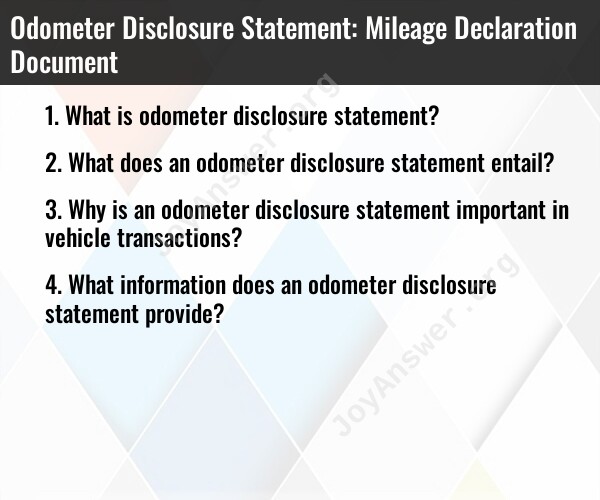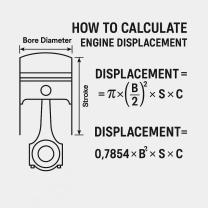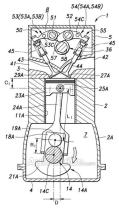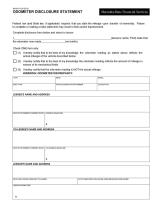What is odometer disclosure statement?
An odometer disclosure statement is a legal document used in the sale or transfer of a vehicle that provides a declaration of the vehicle's mileage or distance traveled as recorded on the odometer. This statement is a crucial part of the vehicle's documentation and is required by law in many countries during the sale or transfer of a motor vehicle.
The purpose of the odometer disclosure statement is to ensure transparency and accuracy regarding the vehicle's mileage at the time of sale or transfer. It helps prevent odometer fraud, which involves altering or misrepresenting the actual mileage of the vehicle to increase its perceived value.
Key components of an odometer disclosure statement typically include:
Vehicle Information: Details about the vehicle, such as the make, model, year, vehicle identification number (VIN), and sometimes the color.
Odometer Reading: The recorded mileage shown on the vehicle's odometer at the time of sale or transfer. This information is crucial for potential buyers to assess the vehicle's usage and condition accurately.
Seller and Buyer Information: Information about the seller (current owner) and the buyer (new owner), including their names, addresses, and signatures.
Certification and Statements: Statements certifying that the odometer reading reflects the actual mileage of the vehicle and that there are no known discrepancies, tampering, or alterations to the odometer.
An odometer disclosure statement is required by law to be completed accurately and signed by the seller (current owner) and sometimes by the buyer (new owner) as well. It serves as a legal document to protect buyers from purchasing vehicles with incorrect mileage readings and holds the seller accountable for providing accurate information about the vehicle's mileage.
Failure to provide an accurate odometer disclosure statement or providing false information can result in legal consequences for the seller. Therefore, it's essential for both the seller and buyer to ensure the accuracy and honesty of the odometer reading when completing this document during the sale or transfer of a vehicle.
An odometer disclosure statement, also known as an odometer reading statement or odometer disclosure form, is a document that discloses the odometer reading of a motor vehicle at the time of a sale or transfer. It is a legal requirement in most jurisdictions to provide an accurate odometer disclosure statement for the sale or transfer of a used motor vehicle.
What does an odometer disclosure statement entail?
An odometer disclosure statement typically includes the following information:
Vehicle Identification Number (VIN): The unique identifier for the vehicle.
Odometer Reading: The current mileage of the vehicle, as reflected on the odometer.
Seller Certification: The seller's certification that the odometer reading is correct to the best of their knowledge.
Odometer Discrepancy Disclosure: If the odometer has been rolled back or tampered with, the seller must disclose this information on the statement.
Date of Disclosure: The date the odometer disclosure statement was completed.
Importance of an Odometer Disclosure Statement:
Odometer disclosure statements play a crucial role in protecting consumers from odometer fraud and ensuring transparency in vehicle transactions. They provide several important benefits:
Consumer Protection: By disclosing the true mileage of a vehicle, odometer statements help prevent consumers from being misled about the condition and value of a used car.
Vehicle History Preservation: Odometer readings are an important part of a vehicle's history, influencing its resale value and serving as an indicator of wear and tear. Accurate odometer disclosures help maintain a vehicle's accurate history.
Legal Compliance: Odometer disclosure laws are in place to protect consumer rights and prevent odometer tampering. Providing an accurate odometer disclosure statement is a legal requirement in most jurisdictions.
Information Provided by an Odometer Disclosure Statement:
The information provided on an odometer disclosure statement serves several purposes:
Mileage Verification: The odometer reading disclosed on the statement allows buyers to verify the vehicle's mileage and compare it to other available information, such as vehicle history reports.
Fraud Detection: By including odometer discrepancy disclosure, the statement helps identify potential odometer tampering and protects sellers from liability if they were unaware of any discrepancies.
Record Keeping: The odometer disclosure statement serves as a record of the vehicle's mileage at the time of the transaction, providing valuable documentation for future reference.
In summary, odometer disclosure statements play a critical role in ensuring transparency and protecting consumer rights in vehicle transactions. They provide essential information about a vehicle's mileage, help prevent odometer fraud, and maintain the accuracy of vehicle history records.













